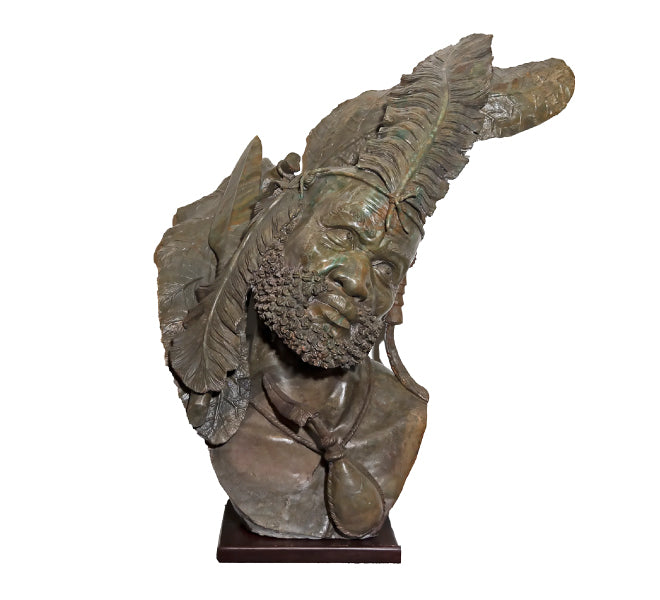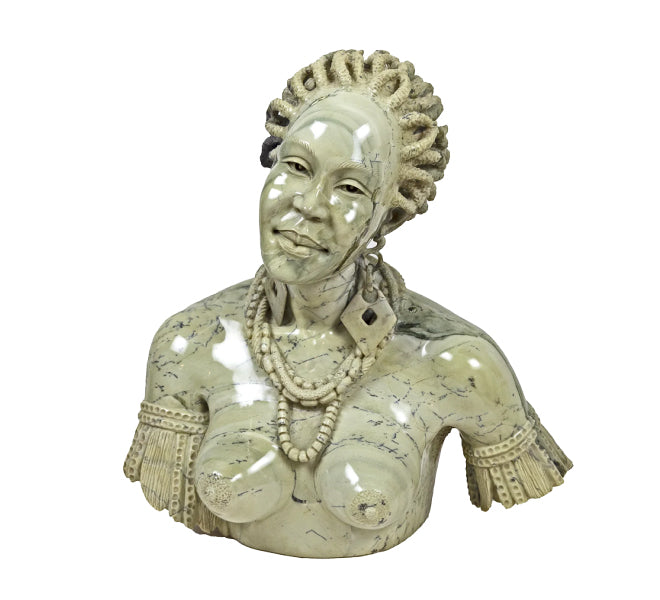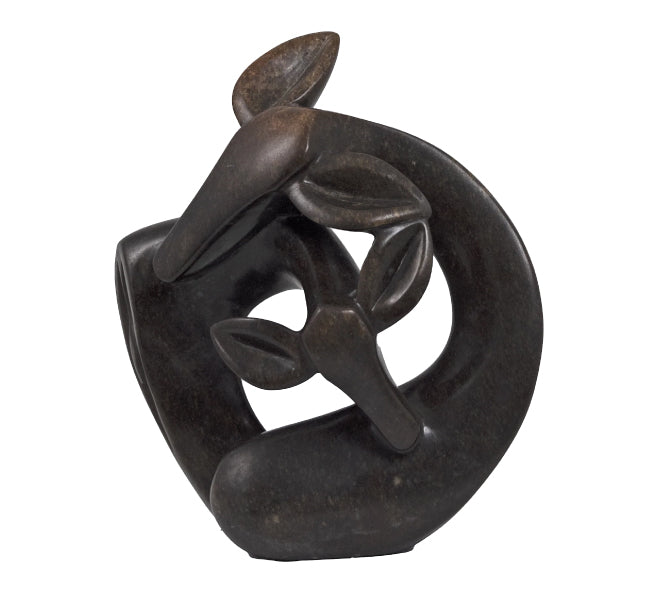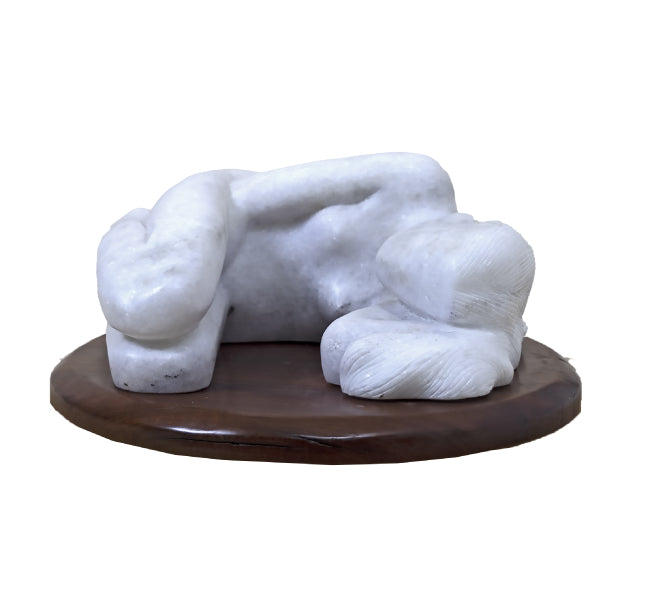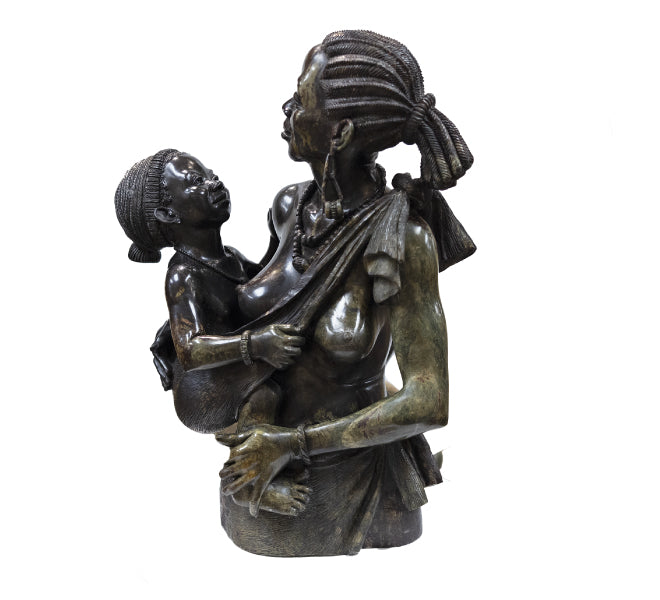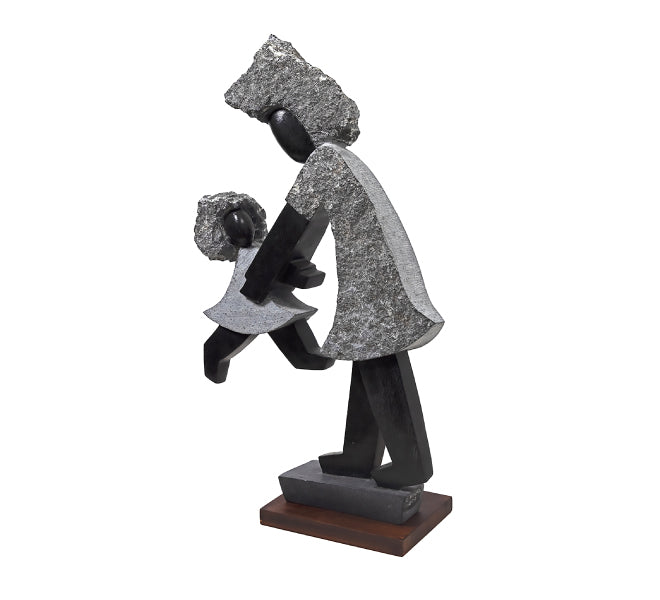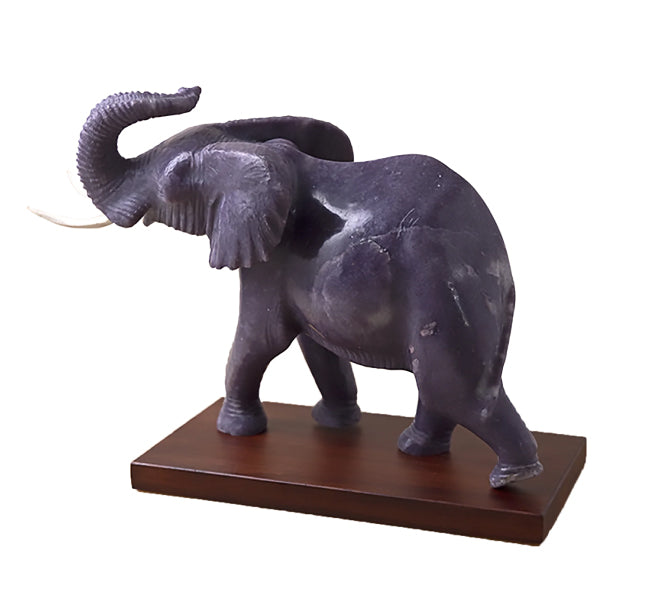Price :
QTY :
CART TOTALS :
There are items
in your cart
CART TOTALS :
Your shopping bag is empty
Go to the shopSculpture in hard stone is all forms of art in reverse, in as much as it is subtractive, rather than additive (paint added to canvas, clay added to an armature). Michelangelo once said, “The angel is already in the stone. It is the job of the artist to remove just enough material to release her.” The Shona Fine Artists use mostly basic hand tools – simple, hand-made chisels, hammers, rasps and sandpaper – to craft their pieces. Electrical tools are used infrequently because not only is the electrical supply unreliable, but also electric tools that carve by impact are un-useable as the strength of the impact cannot be controlled . . . causing inevitable fracturing. The stone, more so than with almost every other sculpture movement, dictates what can and can’t be created. Every work is an exploration into the stone, hard physical labour with surprises, frustrations, disappointments, and revelations. Sometimes the stone rebels. Impurities, an accidental blow, internal fissures, incredibly hard seam . . . the stone imposes its will over the artist. Every day in the workshop is an adventure in the art of subtraction The Great Dyke, which is a 2.5-billion-year-old horse-shoe ridge of 500km stretching through the North and East round to the centre of the country, is rich in minerals of every description. This is where Zimbabwean sculptors source their raw materials. The stones they use most frequently belong to the geological family Serpentine which is a sedimentary rock, originally deposited on a sandy seafloor. Serpentines are rich in iron, so when the stone weathers it turns a rusty colour. The stone used by Zimbabwean sculptors is unique in the world, in the range of colours that can be found in veins of rock that are literally next to one another in the earth: shades of avocado, pomegranate, granadilla, lemon, peach, plum, grape and mulberry. Some of the stones used:
